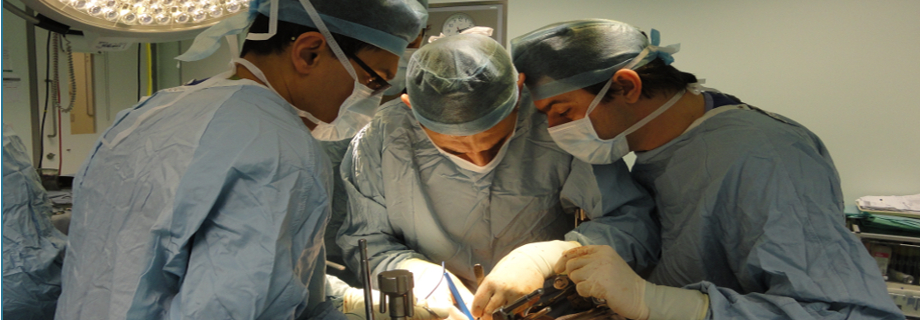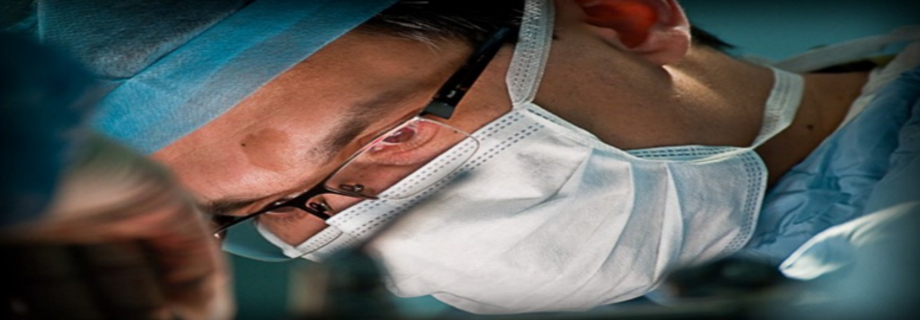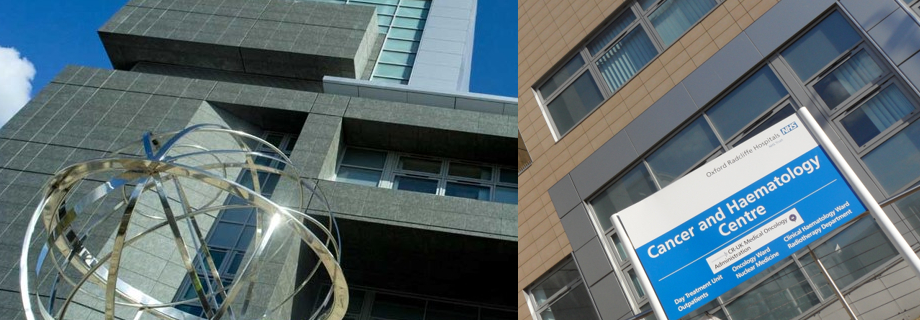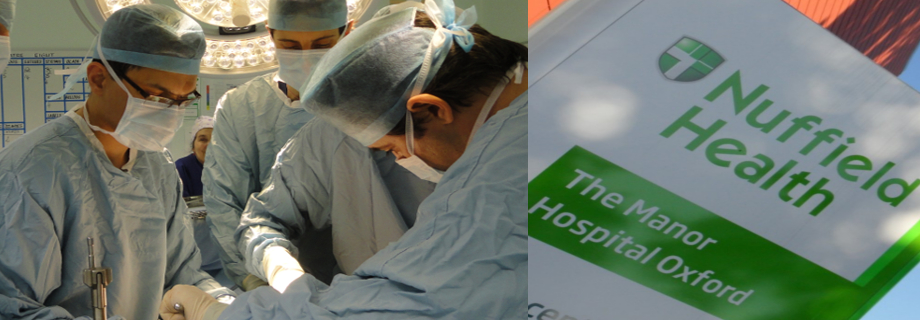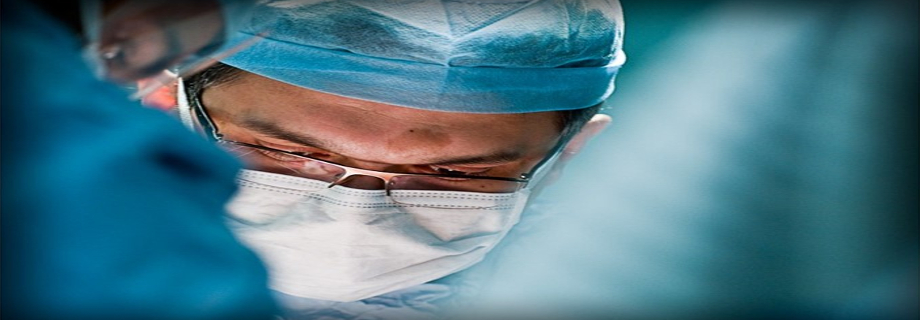Are there treatment options other than surgery for gallstones?
Surgery is the only effective treatment for symptomatic gallstones presently. Other treatments have been tried in the past and the outcomes not as satisfactory. These treatments are at times offered to patients who are unfit to undergo surgery.
Drugs like ursodeoxycholic acid and chenodeoxycholic acid which are naturally occurring bile salts have been used with a view to dissolving gallstones. These require a normal functional gallbladder (the gallbladder needs to empty properly). When gallstones become symptomatic, usually the gallbladder function is suboptimal and therefore success is limited. Even if effective, it takes many months to years for the treatment to dissolve the gallstones. These drugs also cause loose bowel motions and may elevate blood cholesterol levels.
Using shockwaves to shatter stones (lithotripsy) as in kidney stones, have been tried for the treatment of gallstones. The shattered stones do not however empty completely from the gallbladder usually due to poor gallbladder function.
It is for the same reasons, surgical removal of gallstones only (leaving behind the gallbladder), is not carried out. Gallstones almost always recur in a diseased gallbladder.
What are the consequents of not having a gallbladder?
Surprisingly few. The gallbladder functions as a storage for excess bile produced. Following stimulation of food and drink reaching the small bowel, bile is released from the gallbladder into the duodenum (first part of the small bowel).
In the absence of the gallbladder, bile flow continually in to the duodenum. More than 90% of this bile is however reabsorbed by the bowel into the blood stream to reach the liver once again. Therefore the net loss of bile is minimal. There is no effect on normal digestion, some patients however experience slightly lose and increased frequency of motions following removal of the gallbladder. This however rarely becomes a problem.
What do you expect before surgery?
You will first meet with the surgeon to discuss your clinical history and the operation. Usually the plan is to proceed directly to surgery, and you will be given a date for surgery that suits you. You will then be directed to the pre-assessment clinic where the nurses will carry out a medical evaluation, blood tests, and any other workup that is required for your operation. The pre-assessment clinic will also inform you about the admission procedure.
It is recommended that you shower the night before or morning of the operation. If your operation is in the morning, you should not eat or drink anything after midnight the night before. Regular medications that your surgeon has told you are permitted should be taken with a sip of water on the morning of surgery. Blood thinners such as warfarin, aspirin, apixaban and clopidogrel may need to be stopped temporarily for several days to a week prior to surgery. The pre-assessment team will inform you of when exactly to stop these medication.
What can go wrong at surgery?
Laparoscopic cholecystectomy is a routinely carried out safe operation. However, like any operation there are infrequent but definite risks.
Bleeding, and injury to adjacent bowel could result. Great care is therefore taken to prevent such complications. The gallbladder drains into the bile duct which is closely situated to it. Injury to the bile duct occurs in about 1: 500 cases (2 to 3 in a thousand or less than 0.3%). This may lead to a bile leak, or to jaundice due to a narrowing or blockage of the bile duct. It may need a major operation to repair it.
The gallbladder is a flimsy organ and at time can tear when handling with instruments at surgery especially if distended and tense. This can result in spillage of bile or stones into the abdominal cavity. These spilt stones and bile are cleared away by the surgeon and every effort is made to remove any residual fragments and stones. Rarely however a stone or fragment can be left behind in the abdominal cavity. These are usually of no consequence, but rarely can get infected and cause problems sometimes many months or years later. This is not an issue if spillage did not occur at surgery.
There are also risks associated with the general anaesthetic, including pneumonia, heart ailments, and blood clots in the calf veins and lungs. Wound infections and wound related pain can also occur.
Rarely, the gallstones though implicated and removed, may not be the cause for the patients pain. Therefore in this case, the patient may experience persistent pain following surgery
It must be emphasized that the vast majority of patients have cholecystectomies with no complications and are cured of their symptoms for good.
What happens after surgery?
You will be awake (but drowsy) in the operating theatre’s recovery area before being taken back to the ward.
Gallbladder removal is an abdominal operation and a certain amount of postoperative pain occurs. Nausea and vomiting are uncommon, but sometimes occur after general anaesthetic. Once you are comfortable and tolerating diet, you can leave the hospital, usually the same evening of surgery.
Once you are home, recovery should be progressive. Activity is dependent on how comfortable you feel, and walking is encouraged. You can shower the day after the operation. You will probably be able to return to light activities within a week’s time, including driving, walking up stairs, light lifting and light work. Prior to driving, please make sure that you are able to react fast for an emergency stop. If you feel that pain and discomfort in your abdomen as a result of the surgery may prevent this, wait a few days more before you drive. You will need several weeks to resume manual work or heavy lifting. Patients undergoing the open procedure need 4-5 days in hospital, and will experience a much slower recovery.
Our secretary will arrange a follow up appointment with your surgeon 3-4 weeks following your operation. We will check on your progress, ensure that the scars are well healed, and discuss the findings from pathology.
The onset of fever, yellow skin or eyes, worsening abdominal pain, distension, persistent nausea or vomiting, or bleeding/drainage from the incision are indications that a complication may have occurred. Your GP should be contacted in these instances. If needed, your GP will contact the surgical team for advice.
The gallbladder is not essential for normal function of the intestine. Living without a gallbladder does not require a change in diet. Following removal of the gallbladder, bile instead of being temporarily stored, passes continuously into the small intestine. This constant flow of bile into the small intestine does not cause a problem for most people. In about 1% of patients it could however cause loose bowel motions. It is prudent to avoid large fatty meals after the surgery.
